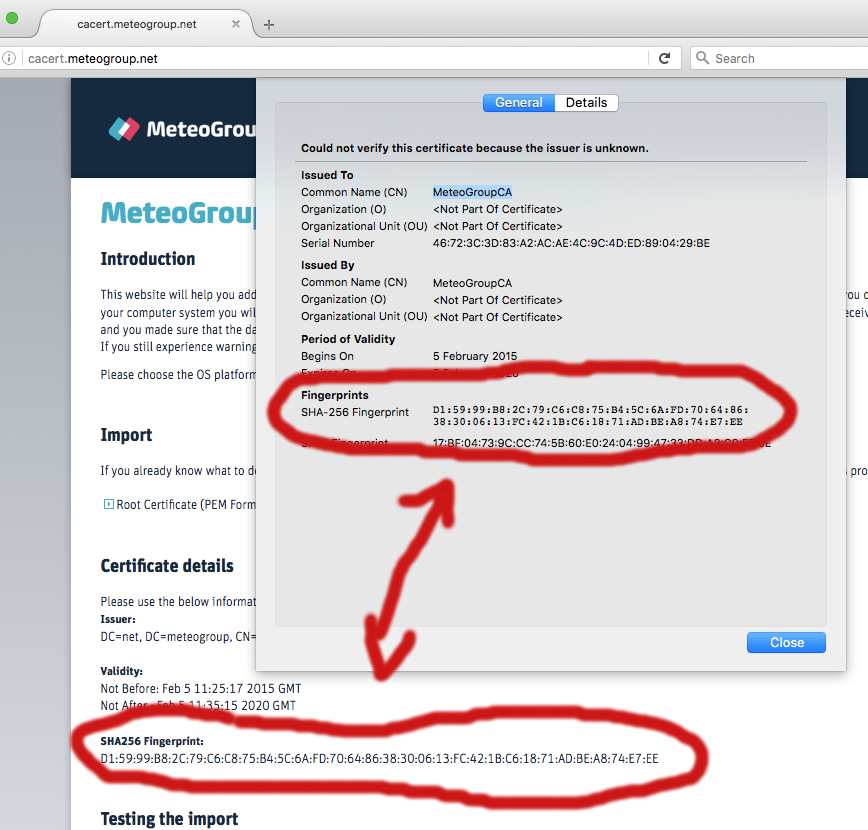

- Firefox for mac could not verify this certificate because the issuer is unknown how to#
- Firefox for mac could not verify this certificate because the issuer is unknown full#
For this purpose you can use a tool called openssl. Basically it needs to be issued by a party the browser knows it can trust so it knows it can trust your SSL certificate.Ĭreating a root certificate can be done in OSX, in the terminal. It has to do with the SSL certificate chain.
Firefox for mac could not verify this certificate because the issuer is unknown how to#
While reading tutorials on how to generate my self signed SSL certificate it soon became clear creating just an SSL certificate won’t do. Okay, now that I finally know what I need, it is time to get to work.

If only the error page Chrome display would’ve been a little bit more informative it would’ve saved me quite some time. Starting with Chrome v58 they no longer accept certificates without SAN information. While writing this article I found out the cause of Chrome displaying the error message I got. The additional benefit of SAN is that I need only a single certificate for both of my domains, a nice extra bonus. Though I didn’t know the technical name at the time, I needed an X.509 v3 certificate with SAN. Ultimately this helped me find what it is I need. The DevTools Security tab was little extra help though it did mention something about my certificate missing something called Subject Alternative Names (SAN). The error struck me as strange as I was sure I properly set the common name for my certificate to v.
Firefox for mac could not verify this certificate because the issuer is unknown full#
Full of enthusiasm I loaded the site in Chrome only to be met with an error page that the connection was not secure and the error code ERR_CERT_COMMON_NAME_INVALID. I followed some tutorial on generating a self signed SSL certificate and not before long I had a certificate for v. I was going for one certificate for the website domain and one for the static domain.

I knew a wildcard certificate would not serve my needs as I have two separate domains. When I started I figured it was going to take separate SSL certificates to get the entire setup working.

I went to the API special of CSSDay 2017 and got excited by all the new browser APIs demonstrated on stage. Why another article on how to create a self signed certificate? Creating one takes about 5 terminal commands, see at the bottom for the relevant commands. Tl dra self signed SSL certificate to use for website development needs a root certificate and has to be an X.509 version 3 certificate.


 0 kommentar(er)
0 kommentar(er)
